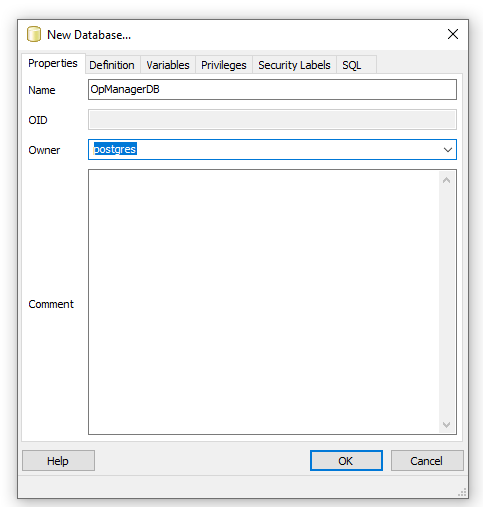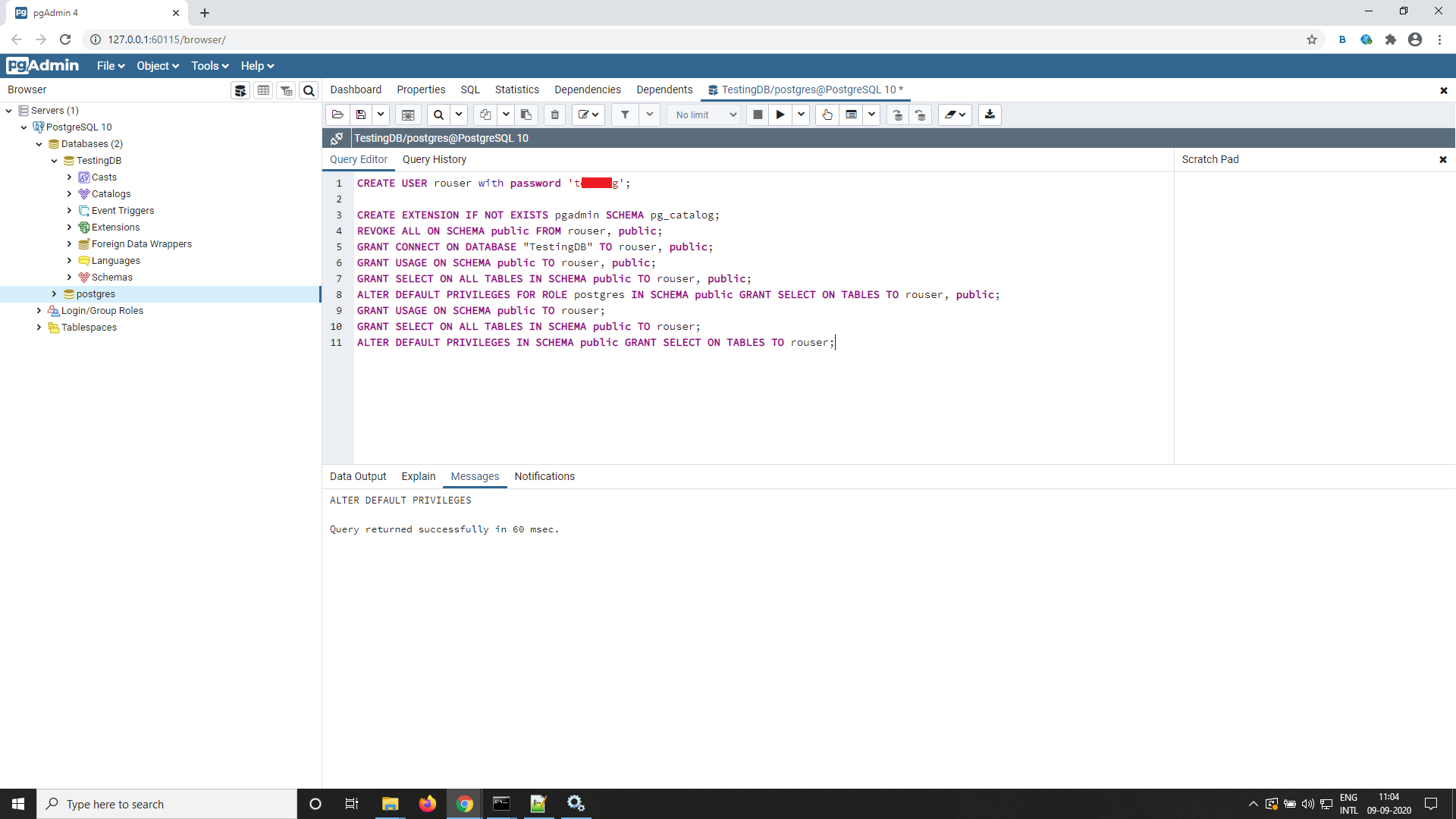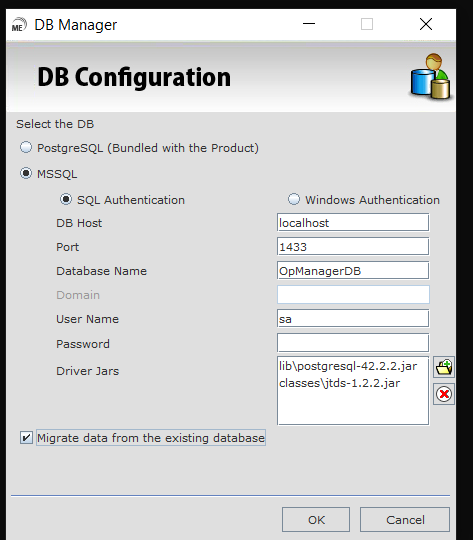Note: From version 128330, DB Migration can be done in Linux installations of OpManager.
Note: It is mandatory to use "/" as a directory separator.




Note: These steps are applicable for all versions of OpManager.
How do I update the database connection settings (Username, Hostname, Port, Password, or IP address) in OpManager after they’ve changed?
+Thank you for your feedback!